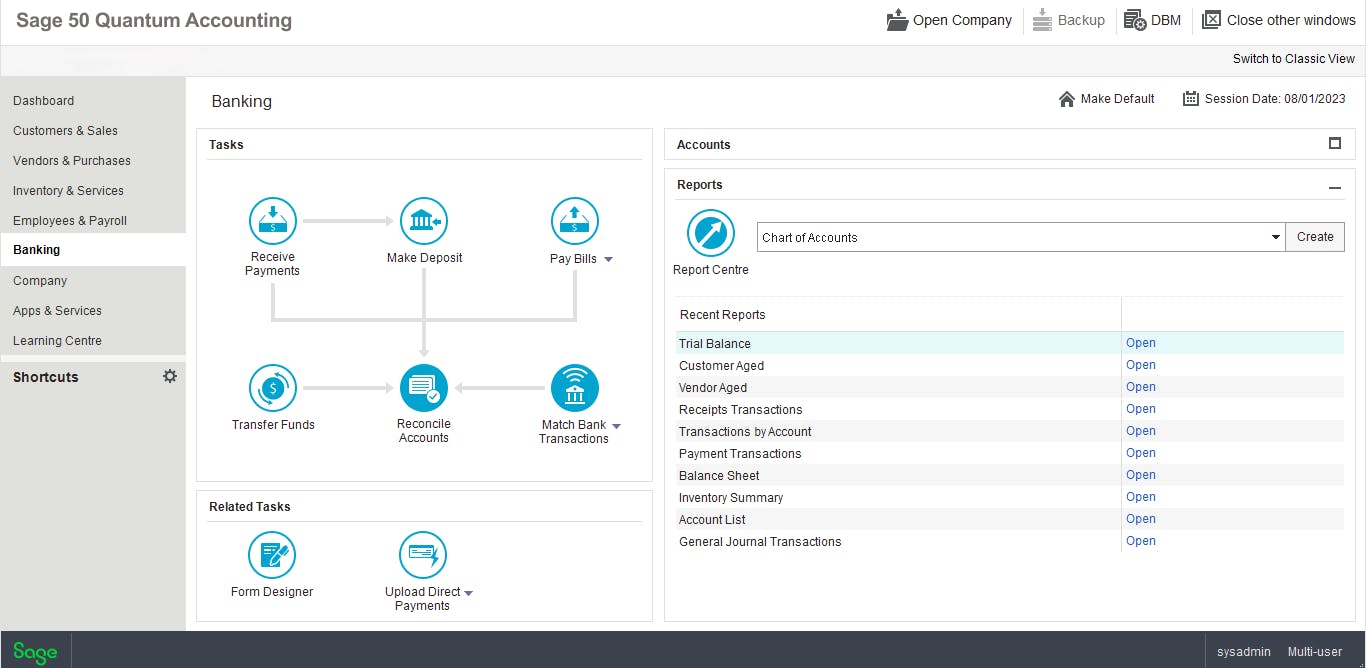
Breaking Ground on Profitability: Managing Margins in the Construction Industry
In the world of construction, where every nail driven and every beam placed counts, managing margins is the cornerstone of profitability. Just as a building requires a solid foundation to stand tall, a construction company needs to master the art of margin management to thrive in a competitive market. In this post, we'll explore the key strategies and best practices for optimizing margins in the construction industry.

Breaking Ground on Profitability: Managing Margins in the Construction Industry
In the world of construction, where every nail driven and every beam placed counts, managing margins is the cornerstone of profitability. Just as a building requires a solid foundation to stand tall, a construction company needs to master the art of margin management to thrive in a competitive market. In this post, we'll explore the key strategies and best practices for optimizing margins in the construction industry.
Understanding the Importance of Margins
Imagine you're a construction company owner named Jake. You've just landed a big project to build a new office complex downtown. You're excited about the opportunity, but you also know that the success of your business hinges on your ability to manage costs and maintain healthy profit margins.
In the construction industry, margins are the lifeblood of profitability. They represent the difference between the revenue you earn from a project and the costs you incur to complete it. The higher your margins, the more money you have left over to reinvest in your business, pay your employees, and grow your company.
Strategies for Optimizing Margins
1. Accurate Cost Estimation
The first step in managing margins is to get your cost estimates right. Just like a blueprint guides the construction process, accurate cost estimation sets the foundation for profitability. Take the time to carefully analyze all the costs associated with a project, including materials, labor, equipment, and overhead expenses.
Consider using cost estimation software or working with experienced estimators who can help you create detailed and precise cost breakdowns. Remember, the more accurate your estimates, the better positioned you'll be to manage your margins effectively.
2. Efficient Project Management
Once you have a solid cost estimate in place, it's time to focus on efficient project management. Think of your project manager as the conductor of an orchestra, ensuring that all the different elements of the project work together seamlessly.
Encourage your project managers to use tools like Gantt charts, critical path analysis, and earned value management to track progress, identify potential issues, and make data-driven decisions. By keeping a close eye on the project timeline, budget, and resource allocation, you can minimize waste and maximize margins.
3. Strategic Procurement
Materials and equipment can make up a significant portion of your project costs. That's why strategic procurement is crucial for managing margins. Just like a savvy shopper looks for the best deals, your procurement team should be constantly on the lookout for ways to reduce costs without compromising quality.
Consider developing long-term relationships with suppliers who offer competitive prices and reliable service. Explore bulk purchasing options or negotiate volume discounts to reduce your material costs. By being strategic about procurement, you can improve your margins without cutting corners.
4. Effective Labor Management
Labor is another major cost driver in the construction industry. To optimize margins, you need to manage your labor resources effectively. Think of your workforce as the engine that powers your projects. The more efficiently it runs, the better your margins will be.
Implement systems to track labor hours, monitor productivity, and identify areas for improvement. Consider using workforce management software to streamline scheduling, time tracking, and payroll processes. By ensuring that your labor resources are used efficiently and effectively, you can reduce costs and boost margins.
5. Continuous Improvement
Finally, managing margins is an ongoing process that requires continuous improvement. Just like a building needs regular maintenance to stay in top shape, your margin management strategies need to be consistently reviewed and refined.
Encourage a culture of learning and growth within your organization. Regularly analyze your project data to identify trends, best practices, and areas for improvement. Celebrate successes and learn from failures. By fostering a mindset of continuous improvement, you can stay ahead of the curve and maintain healthy margins in the long run.
The Bottom Line
Managing margins in the construction industry is no easy feat, but it's essential for long-term profitability and success. By focusing on accurate cost estimation, efficient project management, strategic procurement, effective labor management, and continuous improvement, you can lay the foundation for a thriving construction business.
Remember, just like a skyscraper rises one floor at a time, building a profitable construction company happens one project at a time. By consistently applying these margin management strategies, you can create a strong and stable foundation for your business, ready to withstand the challenges and seize the opportunities of the ever-evolving construction industry.
